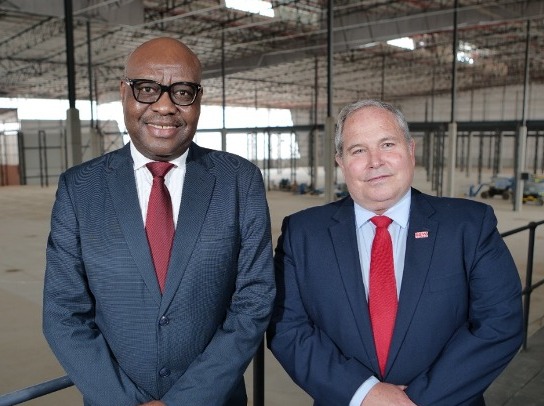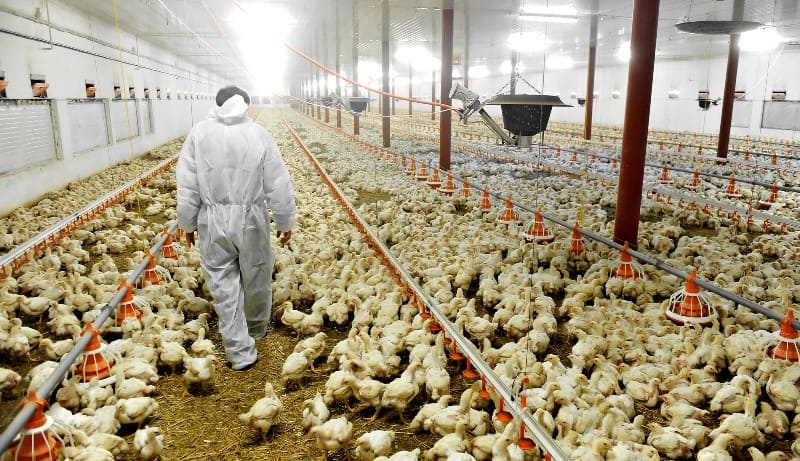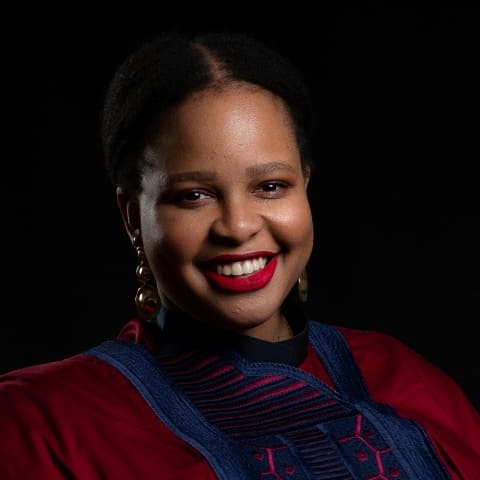Africa Is Ripe For Investment
Yesterday, the South African Department of Trade and Industry met with SEW-EURODRIVE to discuss its R200 million investment into the country on site at the organisations new headquarters in Aeroton, Johannesburg. Critical conversation ahead of the German Africa Investment Conference taking place next week.
According to Deputy Minister Fikile Majola, a dynamic manufacturing base is critical for increasing the economic multiplier in an economy and helps to expand its technological base, creating jobs that foster inclusive growth. South Africa has implemented a number of policies and interventions aimed at growing its manufacturing base away from a mere provider of raw materials and unprocessed products to the rest of the world to becoming a manufacturing hub on the African continent. “This cutting edge SEW-EURODRIVE expansion is a testament to the progress we have made and the opportunities present in this market.”
Despite being considered a hopeless continent by The Economist a little more than two decades ago, today Africa is widely regarded as the world’s next growth market. Home to 17% of the global population in 2020, the continent is expected to account for 26% of the world’s population by 2050 and an estimated US$16.2 trillion of combined consumer and business spending.
There is no question that South Africa and the broader continent offers numerous opportunities, insists Raymond Obermeyer, Managing Director of SEW-EURODRIVE South Africa, a specialist in drive and control technologies. Despite a persistent infrastructure deficit the continent is making progress in mobilising resources for infrastructure development and bridging the gaps in the provision of ICT, energy, water, sanitation and transport.
“The continent boasts the fastest-growing and second-largest mobile phone market globally and Fourth Industrial Revolution (4IR) technologies are starting to play a growing role on the continent including in the healthcare, financial services and agricultural sectors,” he points out.
Obermeyer further noted that for Africa to realise a sustainable economic recovery it will require investments into those sectors that have the potential to positively impact the continent’s growth in both the short and long term. He noted that an investment in renewable energy capacity, for example, could potentially put the continent at the forefront globally and help it build a climate-resilient and low carbon economy.
However, for the continent to realise its potential will require investment, maintains Obermeyer. “Strategically harnessing investment into growth sectors such as natural resource beneficiation, agro-processing, clothing and textiles, services and the digital economy have the potential to help the continent address the many challenges it faces including youth employment, skills development, industrialisation and infrastructure development,” he says.
An example of the type of investment required is SEW-EURODRIVE’s new 25 000sqm headquarters based in Aeroton, Johannesburg. The high-tech facility, constructed at a cost of R200 million, includes a larger warehousing facility which will allow the company to increase its local stockholding, alleviating potential import delays, and an assembly factory. The new facilities have been modelled on the organisations factory in Graben-Neudorf in Germany which uses Industry 4.0 technologies, intelligently networking people, things, processes, services and data.
The facility will offer a comprehensive range of solutions for the entire value chain including engineering and selection to start-up and maintenance, the organisation has long recognised the inherent opportunities available on the African continent.
The reality is that foreign direct investment (FDI) flows into Africa in the last two decades have increasingly diversified away from extractive sectors into manufacturing, IT services, logistics, communications and renewable energy. In 2004 southern Africa – and South Africa in particular – received 70% of all FDI in the region. By 2018 this had reduced to 30% as a growing proportion of FDI was directed towards Nigeria and East Africa.
The Covid-19 pandemic, however, had a significant impact on FDI flows into the continent. The World Investment Report estimates that in line with declining FDI figures globally, FDI to Africa reduced by 16% in 2020 to US$40 billion from US$47 billion in 2019.
Greenfield project announcements dropped by 62% to US$29 billion from US$77 billion in 2019. Cross-border mergers and acquisitions fell by 45% while international project finance announcements for large infrastructure projects fell by 74%. The one exception to this was renewable energy projects which increased by 28%.
UNCTAD’s World Investment Report, published in June, estimates that FDI to the continent will be slow to recover and is projected to grow by only 5% this year although it does expect the momentum to pick up in 2022. This is largely the result of a continued increase in demand for commodities, the reconfiguration of global value chains and the growing importance of regional value chains and the implementation of some key projects announced earlier but which were delayed as result of the pandemic.
The African Continental Free Trade Area (AfCFTA) protocol, which came into effect in January this year, is expected to stimulate trade on the continent. Obermeyer believes that if it is well managed and implemented effectively – and receives the political buy-in of member states – it has the potential to attract more investments.
AfCFTA aims to facilitate and promote intra-African trade by reducing and eliminating tariffs, integrating markets and economies, address non-tariff barriers to trade, enhance trade and investment policy certainty and contribute to greater economic growth across the continent.
“The extent to which AfCFTA successfully attracts investments will in large part depend on how well its commitments will be implemented and the extent to which it reduces regulatory barriers and establishes a clear, transparent and predictable investment framework,” says Obermeyer. “There is certainly no question that it offers the potential for investment, including in infrastructure and logistics as the continent gears up to expand its e-commerce potential.”
“Over a three to five year period the factory will be fitted with many of these same technologies at an anticipated cost of an additional R200 million, providing the company with an opportunity to showcase our extensive capabilities,” explains Obermeyer.
The implementation of AfCFTA will make it easier for the company to service customers beyond South Africa’s borders in the future, he reveals.
SEW-EURODRIVE currently services 23 countries throughout the African continent and expects the African markets to account for 50% of its turnover within the next few years. Obermeyer noted that the new factory is key to the company’s objective of more efficiently servicing its customers in South Africa and on the African continent.





